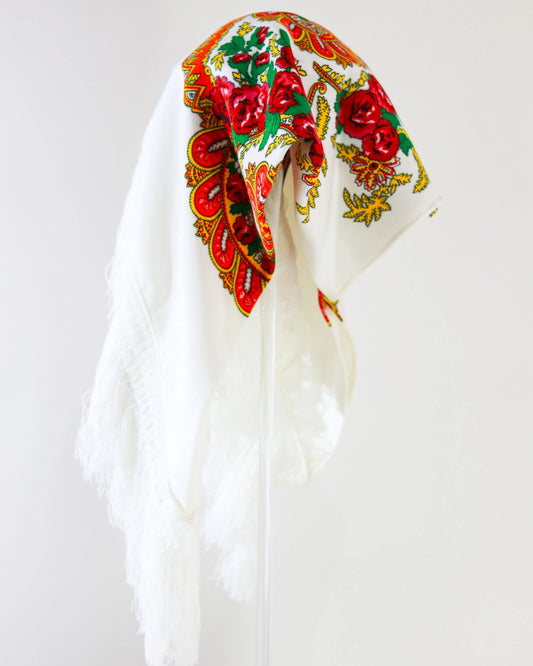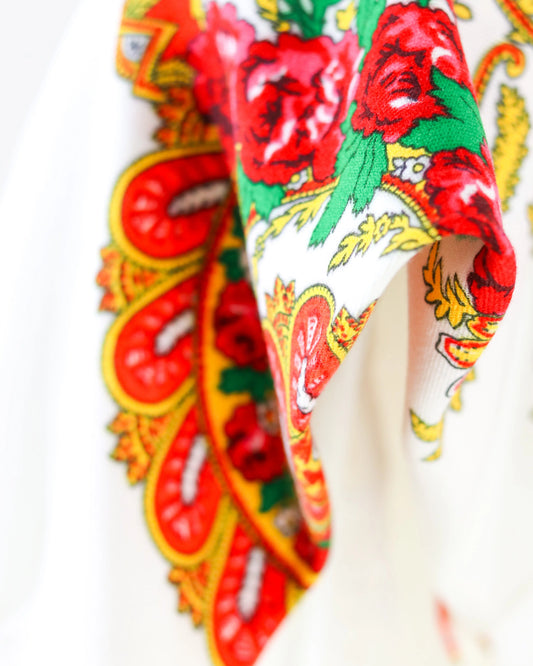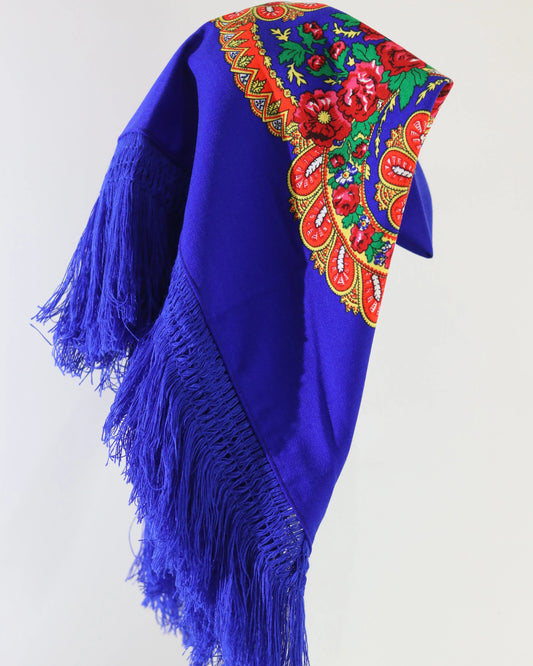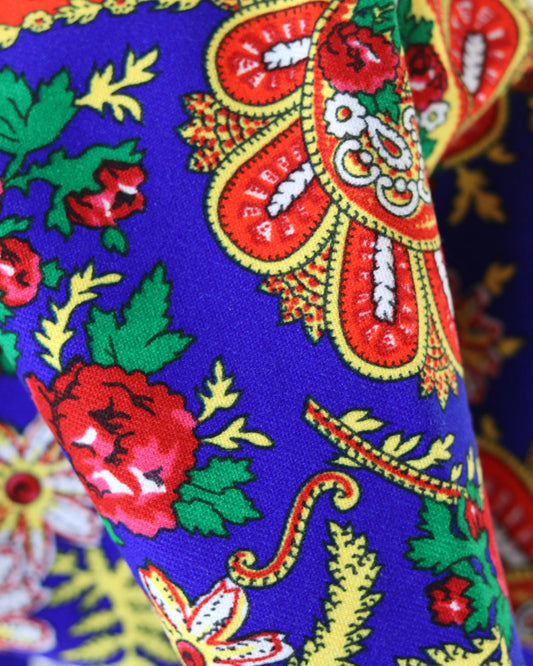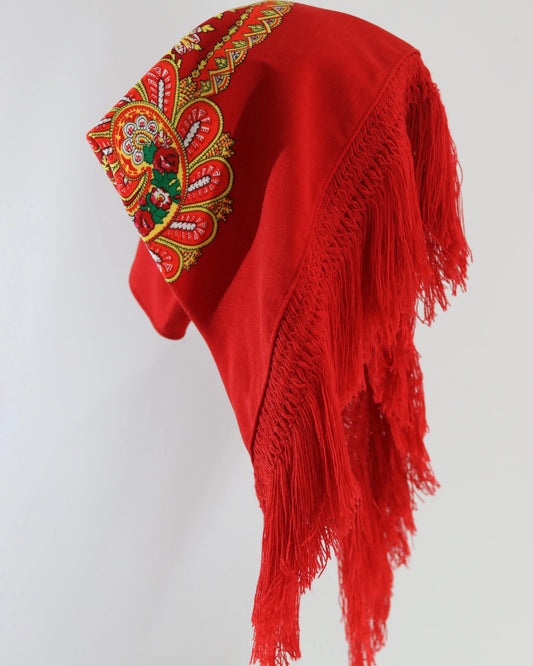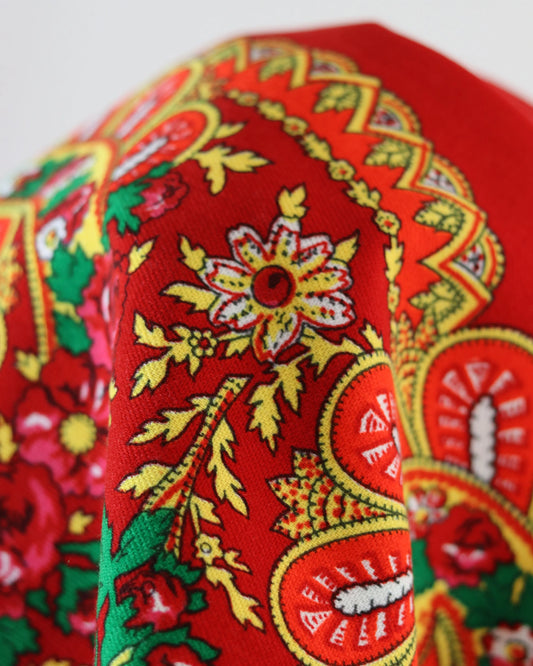Discover religious tourism in Viana do Castelo
Viana do Castelo boasts sea, mountains, and rivers that intersect with centuries of faith, crafts, and festivals. For those seeking experiences where spiritual heritage intertwines with living culture, the city offers a mosaic of sanctuaries, pilgrimages, notable churches, and paths, in a setting that inspires calm and curiosity.
The religious experience here isn't just about memory. It's evident in the processions carrying flowers through the streets, in the gold that shines on the costumes, in the granite altars that hold stories of promises and the return of the sea. And it's felt in the silence of a chapel hidden in a coastal parish, or in the wind that blows on the top of Santa Luzia.
What makes Viana a destination of faith and culture
The meeting of the Atlantic and Lima shaped Viana's identity. The devotion of communities linked to fishing, agriculture, and urban trades produced an unusual religious heritage, at once monumental and deeply popular.
There are three dimensions that are immediately noticeable:
- Monuments that mark the landscape and offer rich architectural interpretations, from late Romanesque to early 20th-century revivalism.
- Festivals and pilgrimages where faith takes to the streets and mixes with music, dance, salt carpets and rituals linked to the sea.
- Traditional crafts, such as gold and embroidery, which preserve religious symbols in everyday items, with the Heart of Viana as the main emblem.
Sanctuary of Santa Luzia, a view of the city and faith
At the top of the hill rises the unmistakable form of the temple dedicated to the Sacred Heart of Jesus in Santa Luzia. The early 20th-century design combines Neo-Romanesque and Neo-Byzantine references with a unique interpretation of local stone. The rose windows, dome, and interplay of volumes intertwine with the horizon, offering a sweeping viewpoint overlooking the river, sea, and houses.
The ascent can be by road, stairs, or the elevator that connects the city to the hill. The journey is part of the experience, revealing how the city is organized around the sanctuary. Up here, the interior surprises with filtered light and an atmosphere conducive to a break.
Some practical suggestions:
- Hours of best light, early morning or late afternoon.
- On busy days, the elevator saves time and legs.
- Bring a coat. The wind on the hill changes quickly.
- Take a few minutes to walk around the area, where you can see traces of the old fortified village, evidence of an occupation that predates the current temple.
Even for those who see faith primarily as heritage, the place communicates something essential about Viana: the way the sacred and the landscape interact with each other.
Our Lady of Agony, a pilgrimage that moves the city
August brings the city's most famous celebration. The Church of Our Lady of Agony is located near the fishing neighborhoods, and the pilgrimage has its roots in the devotion of the seafaring people, who prayed for protection on their journeys and gave thanks for their return.
There are moments that everyone looks for:
- Procession to the sea, with blessing of the vessels.
- Salt carpets designed by patient hands, in patterns that are ephemeral art.
- Parades where stewards wear full costumes and display the gold that has been passed down from generation to generation.
- Gigantones and Cabeçudos who bring rhythm and humor to the streets.
- Fireworks displays over the Lima, with reflections in the water mirror.
During the pilgrimage, the city is packed and the schedule is intense. Those who wish to participate with serenity should plan ahead, choose off-peak times, and, if possible, spread out visits over several days. The church deserves a time of prayer or contemplation outside of the processions, when the atmosphere is calmer.
Between the Cathedral and the Misericórdia, a historic devotional center
In its historic heart, Santa Maria Maior, the cathedral of the diocese of Viana do Castelo, holds layers of history. The Manueline-style portal, the robust medieval architecture, and the side chapels reveal a centuries-long history. It's a temple that demands attention to detail, to the altarpieces, to the stones that were crafted according to new orders and needs.
Just a few steps away, the Misericórdia Church boasts a façade that reflects civil architecture and an interior characterized by carved woodwork and tiles. This connection between social welfare, art, and worship reveals how the brotherhoods structured urban life.
Other recommended stops:
- Church of São Domingos, with the sobriety of mendicant ensembles and carved elements that close the century.
- Chapels scattered throughout the streets and squares, small altars that recall neighborhood devotions and local rites.
A leisurely stroll, starting at the cathedral, passing through the Misericórdia, and descending into the squares, offers a complete understanding of the devotional city. It's worth stepping inside, even for a few minutes, and observing how the light moves inside at different times of the day.
Portuguese Coastal Way, pilgrim's footsteps
Viana is on the Portuguese Coastal Way to Santiago. Those traveling on foot or by bike will find signage, welcome, and services. Crossing the Lima River, with the metal bridge that marks the horizon, is a photogenic and symbolic moment, uniting riverbanks and stories.
Throughout the municipality, the route touches parishes such as Areosa, Carreço, and Afife, with small chapels, crosses, and niches that give spiritual rhythm to the stages. There are hostels and lodgings that welcome pilgrims, and many parishes stamp credentials, maintaining a vibrant support network that connects villages, towns, and cities.
Pilgrim etiquette in the city:
- A simple and discreet greeting in churches, remembering that there may be celebrations taking place.
- Backpack off the benches, keeping the passages free.
- Respect those who are praying, avoiding conversations and taking photographs inside when there are celebrations.
For those not doing the full route, walking a short stretch of coastline gives you an idea of the pace of the trail, with the sea as your backdrop and the mountains marking the backdrop.
Calendar and best times to visit
August is the busiest month, with the Agony pilgrimage. But the year offers other exciting times and different experiences.
- Holy Week with Stations of the Cross, night processions and musical moments in historic churches.
- Parish festivals throughout the summer in several coastal and inland parishes, each with its own tradition.
- December with the memory of Santa Luzia and a more intimate atmosphere on the hill, added to the city lights at Christmas time.
Time and attendance vary. Those who prefer quieter visits can choose midweek trips outside of the holidays. Those who want to experience the energy of the big parties should book in advance, allow for waiting, and embrace the festive rhythm, which is also part of the charm.
Top sites and experiences
The following table helps organize priorities and visiting times.
| Location/Experience | Location | Best period | Suggested time | Distinctive note |
|---|---|---|---|---|
| Temple of Santa Luzia | Mount Santa Luzia | Late afternoon with good visibility | 1 to 2 hours | Wide view and early 20th century architecture. XX |
| Church of Our Lady of Agony | Riverside area | August for the pilgrimage, the rest of the year for tranquility | 30 to 60 min | Connection to sea life and promises |
| Cathedral of Saint Mary Major | Historic center | All year round | 45 to 90 min | Portal with Manueline features and side chapels |
| Church of Mercy | Historic center | All year round | 30 to 60 min | Tiles and carvings in dialogue with the city |
| Section of the Coastal Path | Areosa to Carreço | Spring and autumn | 2 to 4 hours | Coastal landscape with chapels and crosses |
| Parish festivals | Parishes of the municipality | Summer | Variable | Pilgrimages with processions, floats and bands |
Arts, crafts and flavors linked to devotion
Viana's gold is a strong presence at festivals and on the streets, with workshops that keep filigree alive. The Heart of Viana, inspired by devotion to the Sacred Heart, has become a symbolic form that crosses borders. It can be seen on the chests of stewardesses and in the shop windows of the historic center. And, increasingly, in contemporary pieces that combine traditional techniques and contemporary design.
Embroidery certifies another identity trait, often linked to floral and religious motifs. Some shops and ateliers showcase the process, from choosing the linens to applying the stitches. It's a direct connection with living culture, far from the museum, which helps to enhance what we see in the processions.
Flavors that accompany a visit:
- Fish and seafood from the coast, with restaurants that work with fresh raw materials.
- Recipes from Minho, including local-style cod and casserole dishes.
- Conventual and regional sweets, ideal for breaks between visits.
Consuming with time and curiosity is also a way of respecting the identity of places, supporting those who make and deliver the products we see at festivals.
Itineraries, from essential to in-depth
A day in the city
- Morning at Monte de Santa Luzia, taking the elevator up and down the stairs to get a feel for the scale of the place.
- Lunch downtown, with a stop at a bakery.
- Afternoon between the Cathedral and the Misericórdia, also visiting small temples that appear along the way.
- End of the day near Lima, passing by the Church of Our Lady of Agony, paying attention to the service times.
Two days with coastal trail
- First day the same as the previous itinerary, with more time for the cathedral and Misericórdia.
- Second day dedicated to a section of the Coastal Path, through Areosa and Carreço, entering open chapels and stopping at viewpoints over the coast.
Three days of parties and museums
- Days 1 and 2 as above, adjusting to the calendar if there is Holy Week or any pilgrimage.
- Day 3 for related topics, including the Costume Museum, which helps to understand the gold and costumes of the stewards, and a visit to goldsmithing or embroidery workshops.
Small variations, such as a trip to Afife to see rural chapels, or an evening of sacred music in a church, tailor the trip to each individual's taste.
Practical information for a respectful visit
- Entrance to temples. Avoid beachwear, keep shoulders covered when possible, and keep quiet inside.
- Photography. No flash, and never during celebrations without authorization. Sometimes, there are signs indicating what is permitted.
- Mass times change throughout the year. A message or phone call to the parish in advance can help with planning, especially in August and during Holy Week.
- Accessibility. Monte de Santa Luzia is accessible by road and elevator. The historic center is relatively flat but has uneven pavement. Some temples have ramps. Consulting at the tourist office will help you make your choices.
- Contributions and candles. Small donations help with maintenance, and buying candles locally is preferable to bringing them from outside.
- Transportation. Walking is the best way to get around the city center. For coastal parishes, buses and taxis are available. An electric bike can be a good option, considering occasional hills.
Ideas beyond the center
The municipality boasts lesser-known chapels and shrines in parishes such as Castelo do Neiva, Darque, Areosa, Carreço, and Afife. Smaller local pilgrimages maintain their own rituals and a convivial atmosphere that can be felt in the late afternoon, when the light fades and bands play in the squares.
An interesting way to design a day is to choose a coastal parish, visit the parish church, look for an old cross, take a short trail to a viewpoint, and end on a terrace overlooking the sea. Understanding faith on a local scale reveals details that are impossible to capture in important moments, from simple tiles to wooden ex voto offerings or old photographs stored in sacristies.
If time permits, a themed guided tour can open doors to sacristies, high choirs, and reserved spaces where the city preserves heritage. Local guides share stories and exhibits that go unnoticed by those who wander independently.
Viana seen from silence
Some temples demand words. Others ask for stillness. In Viana, religious paths invite pause. At the top of Santa Luzia, the wind blows, and the gaze encompasses river and sea. In the Cathedral, the sound of footsteps echoes, and the ancient stone speaks. Near Senhora da Agonia, the smell of salt and tar from the estuary evokes promises and returns. Along a stretch of the path, the lapping of the waves sets the cadence, and the humble chapel opens its wooden door to those who pass by.
This combination of gestures and places is what makes the experience fulfilling, unhurried, and respectful. The city offers welcoming facilities, but what makes the difference is the visitor's attention. A lingering look at a detail in the carving. A candle lit quietly. A walking route connecting points that, on the map, seem distant.
Viana do Castelo offers itself to those who travel it calmly. And when this happens, the religious journey becomes culture, memory, encounter, and, sometimes, a rare moment of silence amidst a city that knows how to celebrate.

